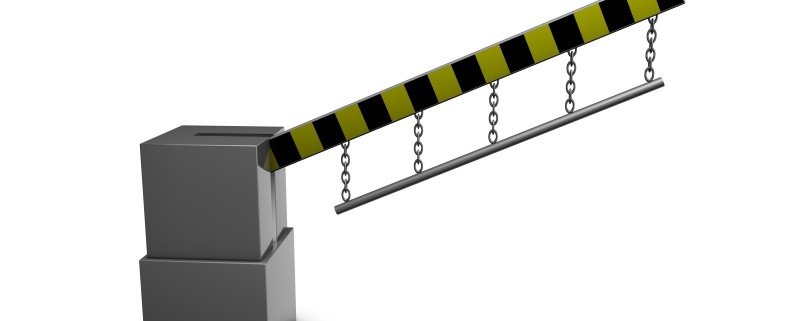The One Best Way (Part 5): Gates
Are gates the best way to manage product development?
Establishing “gates” through which projects must pass if they are to be pursued is a common practice in product development organizations. I actually like “gating”, for it provides structure as well as an intellectual framework around the investment of scarce developmental resources. Naturally there are consultants with magical systems of gating. Google it.
One of my favorite gates was shown to me by my father.
Back in the 1970’s when I was in college, an acquaintance suggested that someone ought to put in-store product advertisements in shopping carts. The moment I heard the idea I was ready to run with it. I called my father for advice – for which he gave me these two chestnuts:
1. Don’t worry that it was not my idea to begin with. Most ideas die on the vine, and whoever commercializes an idea has the chance to succeed. He added (not without a trace of sarcasm) that in a couple of days I would believe the idea was mine anyway.
2. Was I the logical entity to run with this? There was nothing patentable or protectable about the idea. Any supermarket, ad agency, shopping cart manufacturer, etc. would eat me alive once the idea was put into practice.
Thirty years later, during a conversation with the VP of R&D at a major U.S. company, he stated that his program was based on gating, and the most important gate was whether his firm was the best positioned to pursue a particular development. Brilliant man.

